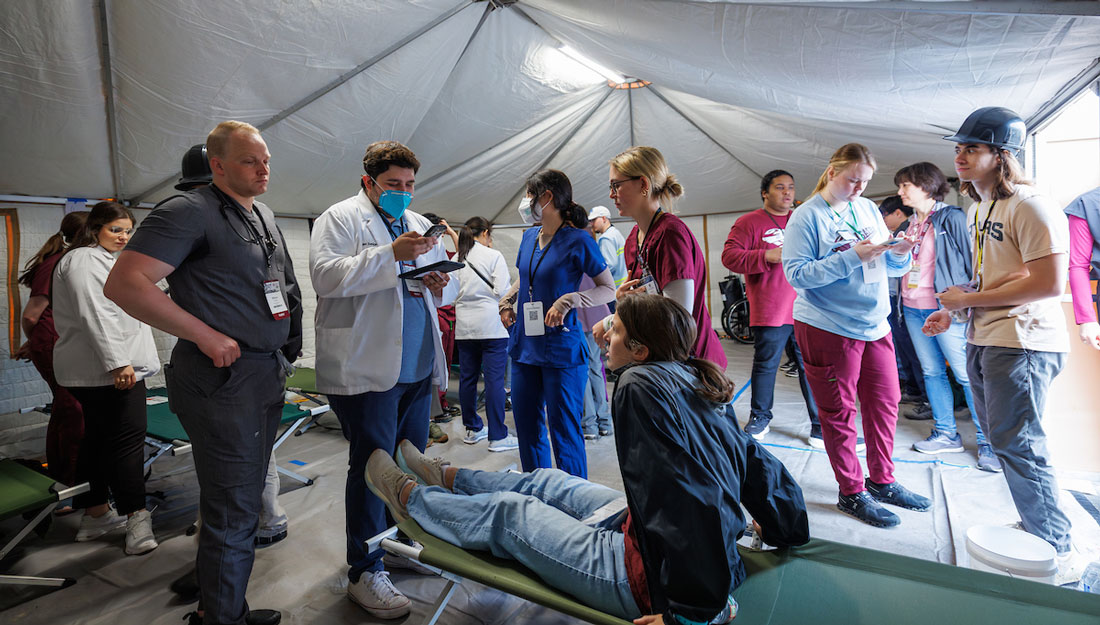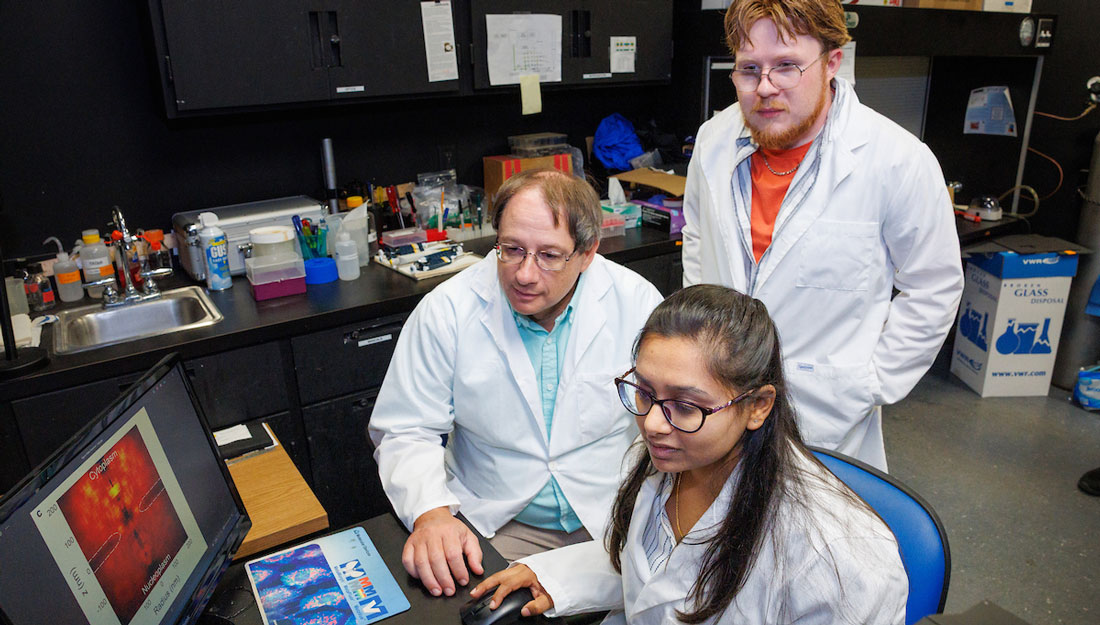Researcher finds possible link between oral clefts, proximity to certain industrial sites
(COLLEGE STATION, TX) — A researcher at the Texas A&M Health Science Center School of Rural Public Health has found that a residential proximity to certain industrial sites may be associated with oral clefts in births to older mothers.
The study appears in the current (June) issue of the Journal of Occupational and Environmental Medicine.
“From previous similar studies, we did not expect to see a relation between these sites and oral clefts in the Texas populations,” said Jean Brender, Ph.D., associate professor in the HSC-School of Rural Public Health. “We were surprised at the strength of the association found between living near primary metal industries or industries with heavy metal emissions and oral clefts among offspring of older women in our study population.”
Oral (lip and/or palate) cleft is among the most common birth defects, occurring in about 1 out of every 700 live births. Genetic factors are thought to account for some oral clefts, often in combination with one or more environmental factors.
Based on earlier occupational research, it is possible low-level environmental exposures to emissions of certain chemicals may be linked with some types of birth defects. At least two published studies have reported an increased risk of adverse reproductive outcomes in older women who have had potential chemical exposures in the environment.
In their study, Dr. Brender and her colleagues examined the association between oral clefts and maternal residency proximity to waste sites or industrial facilities with reported air emissions, particularly solvents and heavy metals.
Maternal residencies at birth of 1,781 births with oral clefts and 4,368 births without documented defects were related to locations of state waste sites and industrial facilities through geographic information systems. During the 1996-2000 study period, 43 Texas National Priority Listing sites containing contaminants and 70 state superfund sites were active, the researchers noted.
The researchers found that women living within a mile of an industrial facility or waste site undergoing clean up generally were not more likely to have offspring with oral clefts than those living further from these facilities.
However, there was a twofold-increased risk for these defects among women age 35 or older who lived within a mile of industrial facilities. Maternal residences near industrial facilities with air emissions of heavy metals or facilities classified as primary metal industries were even more strongly associated with oral clefts in offspring, Dr. Brender and her colleagues learned.
“These findings should be interpreted with caution, however, because from other information, we know that women who lived near waste sites or industrial facilities were less likely to report use of folic acid in early pregnancy than women who lived farther away from such sites,” Dr. Brender said. “Some studies suggest folic acid and other vitamins might help prevent the occurrence of oral clefts.”
The next step is for additional studies on the possibility that advanced maternal age increases the potential for chemically induced adverse reproductive outcomes such as oral clefts.
“This study is part of a larger project in which we are looking at the relation between residential proximity to waste sites and industrial facilities and several other types of birth defects,” Dr. Brender said. “In those analyses and papers, we also are looking at the effect of advanced maternal age.”
Other Journal of Occupational and Environmental Medicine study contributors were F. Benjamin Zhan, Ph.D, Texas State University; and Lucina Suarez, Ph.D., Peter Langlois, Ph.D., and Karen Moody, M.S, Texas Department of State Health Services. Support was provided by the Centers for Disease Control and Prevention and the Texas Department of State Health Services Center for Birth Defects Research and Prevention.
The Texas A&M Health Science Center provides the state with health education, outreach and research. Its six components located in communities throughout Texas are Baylor College of Dentistry, the College of Medicine, the Graduate School of Biomedical Sciences, the Institute of Biosciences and Technology, the School of Rural Public Health, and the Irma Lerma Rangel College of Pharmacy.
Media contact: media@tamu.edu


